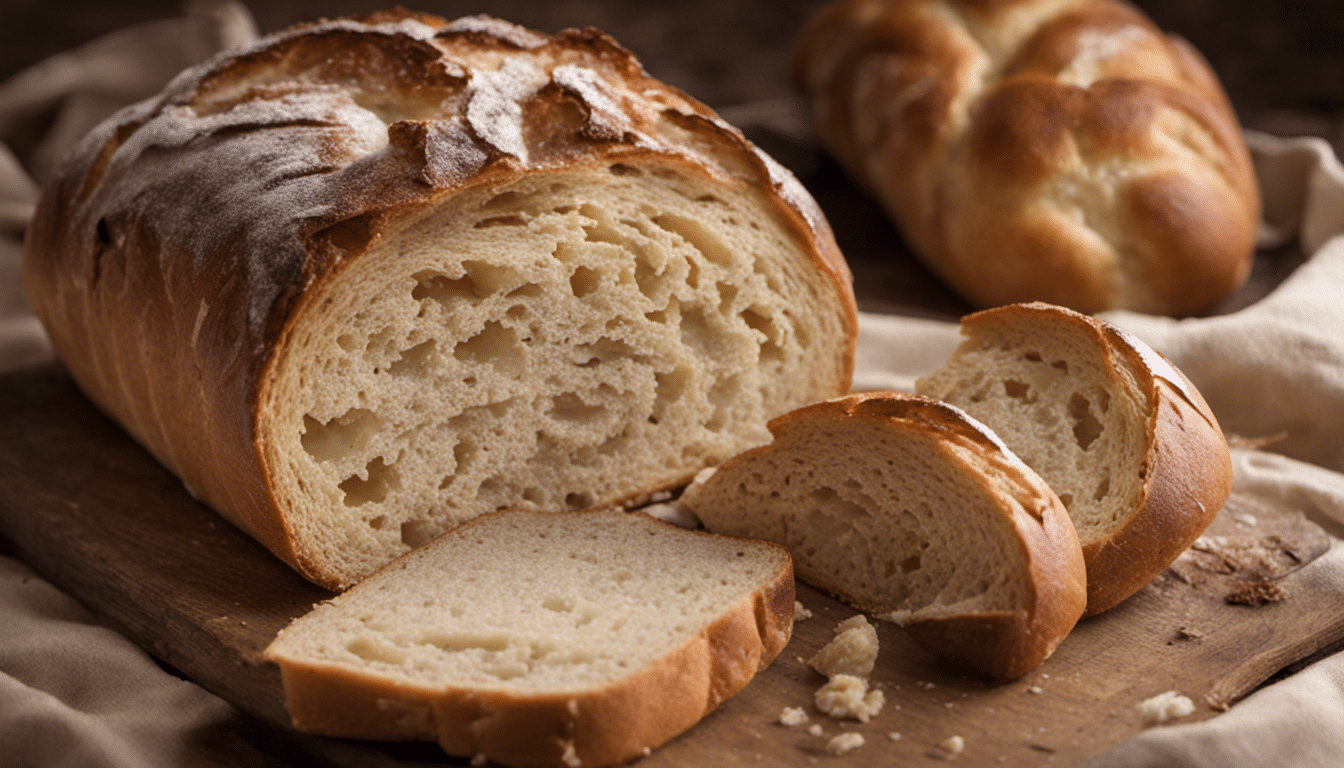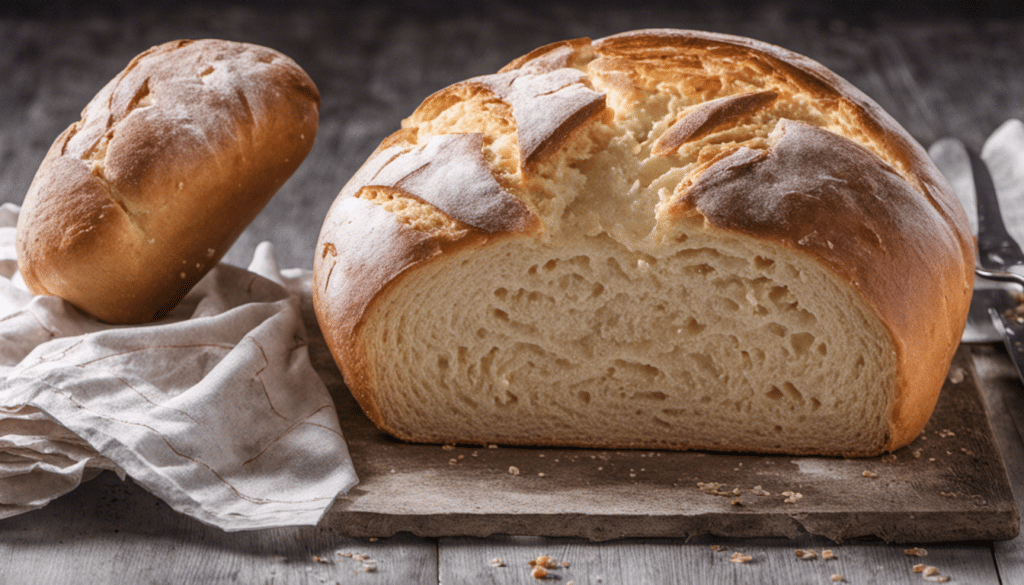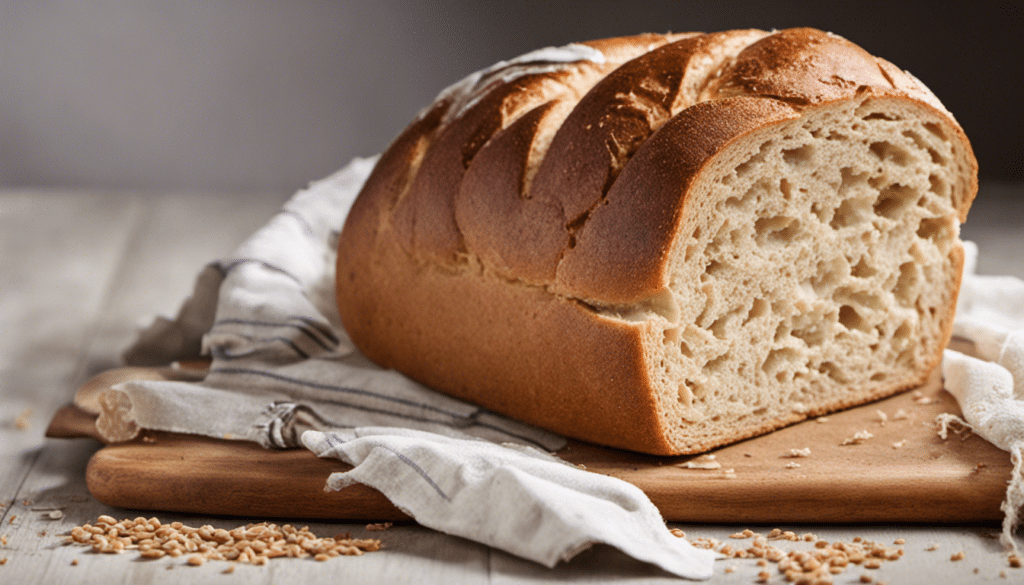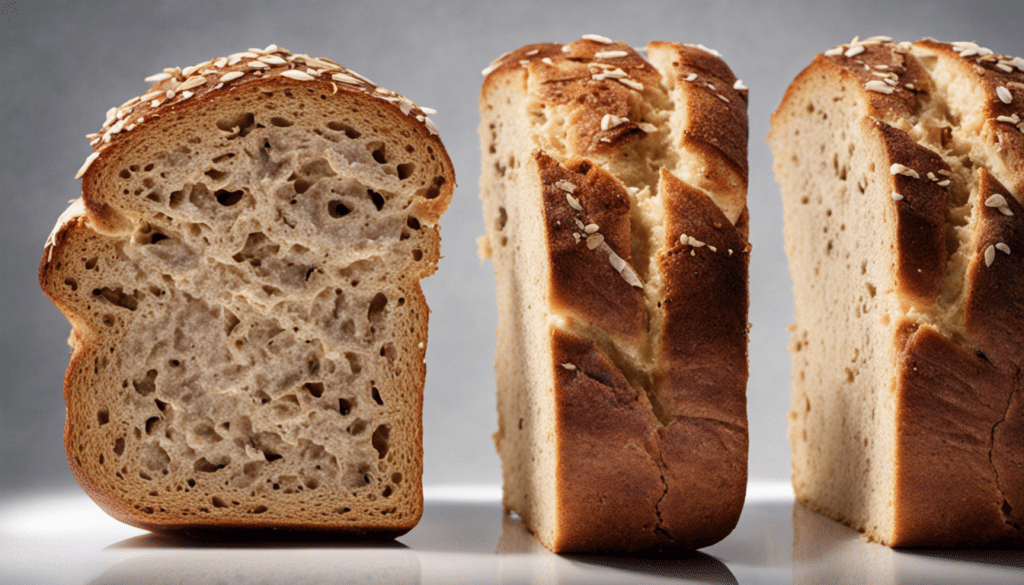| Prep: 2 hours | Cook: 45 mins – 60 mins | Difficulty: Intermediate | Serves: 6 |
| kcal | fat | saturates | carbs |
| 370 | 15g | 7g | 50g |
| sugars | fibre | protein | salt |
| 15g | 3g | 10g | 0.4g |
About Cozonac
The rich and inviting scent of fresh bakery often reminds us of a warm, home-kitchen atmosphere. The evoking aroma of one bread in particular takes the crown in the realm of delightful bakery scents. It’s none other than the classic Eastern European bread, Cozonac. Originating from the Balkans, Cozonac is an extraordinary fusion of culinary tradition and lavish ingredients that give this bread its signature sweet and rich flavor profile.
Cozonac, with its rich and slightly sweet dough acts as a perfect canvas for an array of filling options that are typically included. These range from sugar and melted butter, to an assortment of mixed chopped nuts and raisins, and even a splash of rum for an elevated taste. The resulting bread texture from this myriad of ingredients is sweet, but not overwhelmingly so, making Cozonac the perfect choice for those who prefer their baked goods on the less sugary side.
The Making of Cozonac
In terms of preparation, making Cozonac is more of an art than a simple task. It involves careful preparation and gentle handling of ingredients, from the yeast fermentation to the dough-kneading process, ensuring a fluffy and airy final product. The dough is left to rest and rise, enhancing the yeast’s fermentation process and contributing to Cozonac’s unique light texture. Enhancing the delightful essence of this bread, an egg yolk is gently brushed over the loaf, giving it a glossy, golden brown hue while a sprinkle of sugar on top adds a touch of sweet crisp to every bite.
Fitting Cozonac into Your Meal
Given its slightly sweet nature, Cozonac serves as a fine complement to many dishes. Served with a quadrant of honey or fruit preserve, it’s a fanciful iteration of breakfast toasts. In a more savory context, it can be a surprising twist to the regular sandwiches, and pairs especially well with aged cheeses. Some have found its diversified textures and flavors a wonderful contrast to spicy curries or exotic tagines, adding a slight sweetness to balance the overall intense flavors.
Cozonac bears a close link to, and hence is often grouped with, sweet breads such as Easter bread (Pasca), sweet braided bread (Kozunak), and Italian Panettone – all being yeast-based, sweet, enriched breads. Rest assured though that Cozonac holds its distinct status with its unique flavor blend and textural characteristics.
For those who wish to try their hand at baking Cozonac, this guide on The Spruce Eats provides a simple and easy-to-follow Cozonac recipe, perfect for baking enthusiasts or anyone craving for some taste of Eastern European culinary heritage. For an authentic sensory experience, this traditional Romanian Cozonac recipe from Savori Urbane is a must-try.
Whatever the occasion may be, sharing a loaf of Cozonac with your loved ones can turn any moment into a heartwarming dining experience. The distinctive taste and alluring aroma of this bread, coupled with the memories it often invokes, truly encapsulate the essence of this marvelous culinary creation.
What You’ll Need
- 4 cups all-purpose flour
- 1 cup sugar
- 1.5 cups warm milk
- 5 teaspoons active dry yeast
- 3 large eggs
- 1/2 cup butter, melted
- 1 teaspoon vanilla extract
- 1 teaspoon salt
- 1 teaspoon grated lemon zest
- 1/2 cup chopped mixed nuts
- 1/2 cup raisins
- 1/4 cup rum
- 1 tablespoon vegetable oil, for greasing
- 1 egg yolk, for brushing
- 1 tablespoon sugar, for sprinkling
Method
Step One:
Start by mixing the yeast in the warm milk along with 1 teaspoon of sugar, let it sit until foamy, this should take about 5 to 10 minutes.
Step Two:
In a large bowl, whisk together the flour and salt. Create a well in the middle, add in the foamy yeast mixture, 2 eggs, melted butter, the remaining sugar, vanilla extract and grated lemon zest.
Step Three:
Begin to mix everything together. If the dough appears too dry, add a little bit more milk. Once the dough begins to come together, place it on a lightly floured surface and knead it for at least 10 minutes or until the dough is soft and elastic.
Step Four:
Lightly oil a bowl with the vegetable oil, place the dough in the bowl, then turn it to ensure it is entirely covered by the oil. Cover the bowl with a clean kitchen towel, and let it rise in a warm place until it doubles in size, this will take up to 2 hours.
Step Five:
While the dough is rising, prepare the filling. In a small bowl, combine the raisins and rum, and let them soak for at least 1 hour. Once they are well soaked, drain out the rum, and mix the raisins with the chopped mixed nuts.
Step Six:
Preheat your oven to 350 degrees F. Once the dough has doubled in size, punch it down to remove the air. Divide the dough in two and roll out each piece into large rectangles.
Step Seven:
Sprinkle half of the nut and raisin mixture over each rectangle, leaving a small border around the edges. Roll each rectangle up tightly (like a jelly roll), starting from a long side. Place each roll, seam side down, on a baking sheet lined with parchment paper.
Step Eight:
Whisk the remaining egg and brush the top and sides of each roll. Sprinkle with sugar. Bake at 350 degrees F until the cozonacs are golden brown, approximately 30-35 minutes.
Step Nine:
Remove from the oven and let the cozonacs cool off on the baking sheets for a few minutes. Move them to a wire rack to let them cool completely. Enjoy your homemade cozonac, Bulgarian sweet bread.




